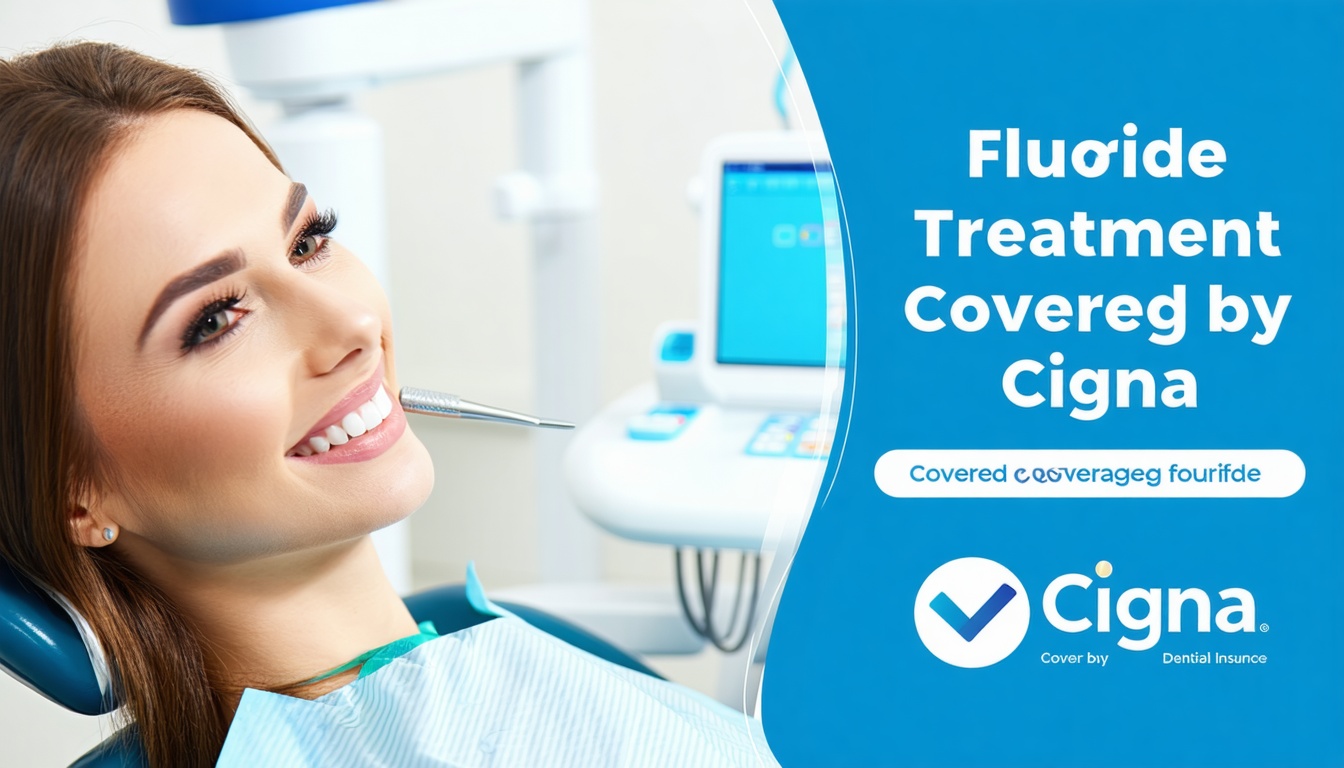
When you explore fluoride treatment covered by Cigna, it helps to start with an overview of how Cigna structures its dental plans. You’ll find several plan types—each with its own network rules, cost sharing and covered services. Knowing your plan’s category makes it easier to predict whether preventive fluoride treatments will be included at no extra charge.
Most Cigna full coverage dental plans group fluoride treatments under preventive services, which are generally covered at 100% of the allowed amount, subject to plan details (Cigna). Preventive services often include:
Because fluoride treatment is categorized as preventive, you can usually receive it without meeting a deductible or paying coinsurance.
Fluoride strengthens enamel and helps prevent cavities, making it a key preventive service for kids and adults alike. Understanding how your Cigna plan handles fluoride can help you schedule the right care and avoid surprise costs.
Coverage for fluoride treatment varies by age and plan type. Always confirm with your plan documents or member services for the specifics of your benefits.
To help you compare how Cigna plan types handle fluoride, here’s a snapshot of common features. Always verify your plan’s summary of benefits for exact details.
| Plan type | Fluoride coverage | Frequency | Age limit | Typical copay or coinsurance |
|---|---|---|---|---|
| DPPO | Preventive services at 100% | 2 treatments/year | Usually under age 14–16 | $0 copay |
| DHMO | Included in basic preventive package | 2 treatments/year | Often no age restriction | $0 copay |
| DEPO | Preventive services at 100% | 2 treatments/year | Typically under age 16 | $0 copay |
| DPOS | Preventive services at 100% | 2 treatments/year | Varies by plan | $0 copay |
| Medicaid (NC) | Covered for children; adult benefits vary | As state rules allow | Under age 21 | $0 copay |
| Medicare Advantage | Depends on carrier dental rider | Varies | Plan dependent | Plan dependent |
With a DPPO, you can visit any dentist—but staying in-network means lower out-of-pocket costs. Fluoride typically is covered fully for eligible members under age limits.
DHMO participants must choose an in-network primary dentist and follow referral rules. Fluoride treatment is usually bundled into preventive visits with no additional charge.
EPO plans mirror PPO benefits but limit coverage to in-network providers. DPOS plans add a referral requirement for specialists. Preventive fluoride care remains fully covered.
North Carolina Medicaid covers fluoride for children under 21. Adult coverage varies by state-specific adult dental benefits. Medicare Advantage plans with dental riders may include fluoride, but benefits differ widely—confirm before scheduling.
Reading your plan documents helps you avoid unexpected costs. Focus on two key sections: annual maximums and waiting periods.
Many dental plans cap total benefits per year—often between $1,000 and $2,000. However, DHMOs typically do not have annual maximums, reducing the risk of running out of benefits (Cigna).
Choosing an in-network dentist ensures you receive the highest level of coverage and avoid balance-billing. Cigna’s directory lets you filter by service, location and dentist specialty.
You might also benefit from these Cigna-covered preventive and diagnostic services:
Putting your plan to work requires a little planning and proactive steps.
Always contact Cigna member services or your dentist’s benefits coordinator to confirm that fluoride treatment is covered under your specific plan and network.
Staying in network not only lowers your costs but also ensures the dentist will file claims directly with Cigna and apply all preventive benefits correctly.


